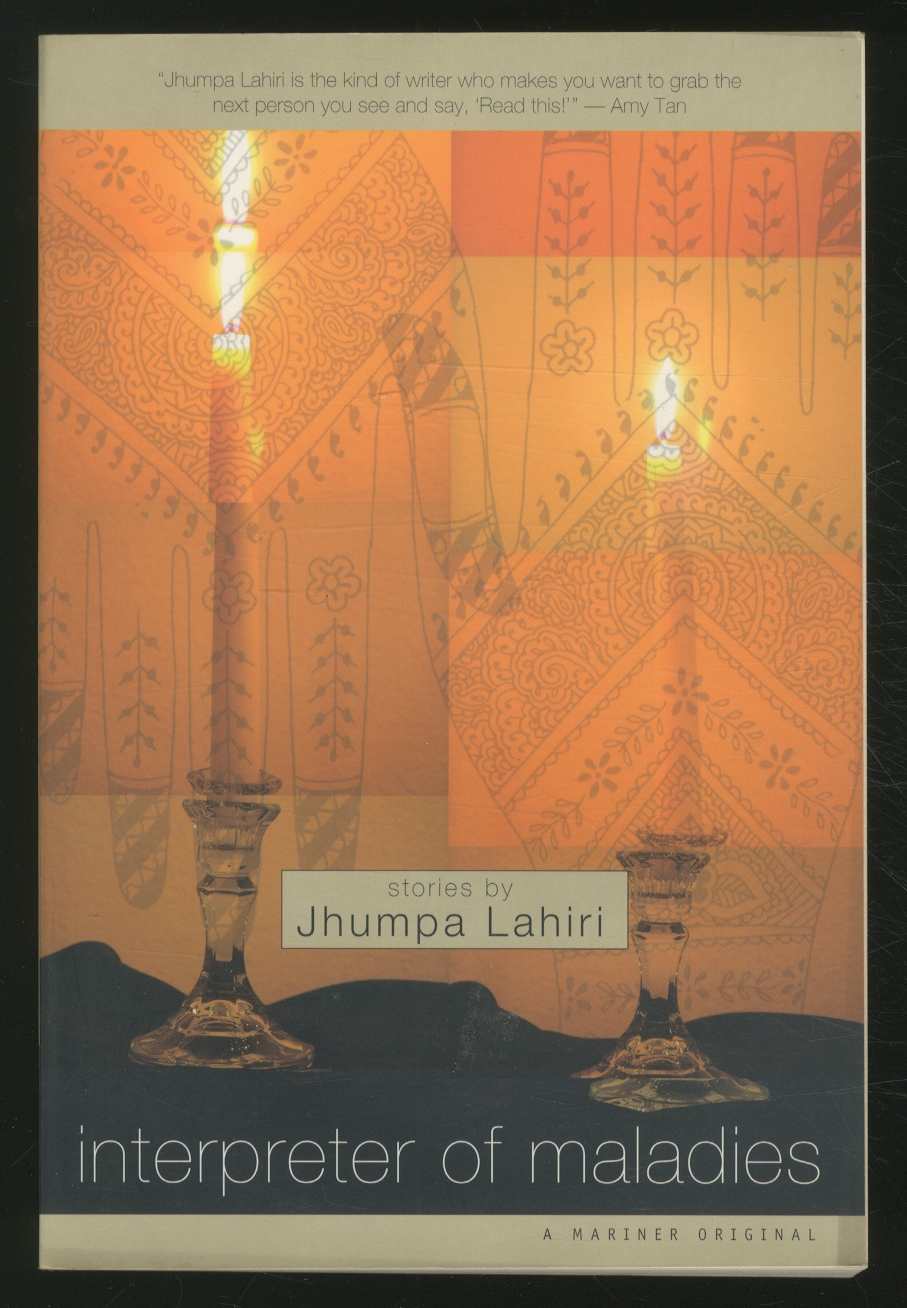
Das refers to his wife using her first name. Kapasi is surprised, for example, that in speaking to his daughter, Mr. The members of the Das family embody a different cultural identity not only in the way they dress and speak, but also in the way they behave. Das uses the word “neat” to mean that something is interesting.

Kapasi is unsure of the Americanized expressions that the characters use, such as when Mrs. He is particularly struck by the family’s appearance, noting, for example, that while they “looked Indian,” they “dressed as foreigners did.” He observes that they sound like characters on American television, and that the children have English names (“ Tina,” “ Bobby,” and “ Ronny”). Kapasi repeatedly notes the cultural differences that separate him from the Dases.

While one’s understanding of and response to the world is certainly, in part, the product of their cultural history, the story suggests that identity is above all shaped by one’s environment and social status. Lahiri emphasizes the subsequent gulf between the affluent, very American Das family and their Indian-born tour guide to suggest a specific cultural tension between Indians and Indian-Americas, as well as the notion that identity in general goes beyond heritage. Kapasi has lived and worked his entire life in India. The members of the Das family have all been born and raised in America, whereas Mr. Kapasi share a certain cultural heritage, however, their experiences of the world are very different. “The Interpreter of Maladies” is set in India, and the story’s main characters are all of Indian origin.


 0 kommentar(er)
0 kommentar(er)
